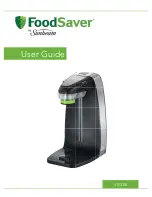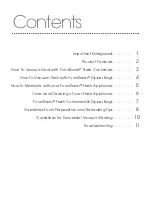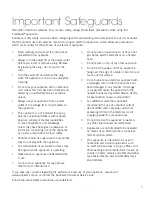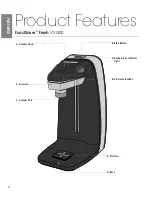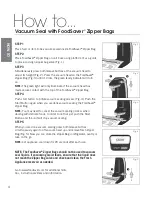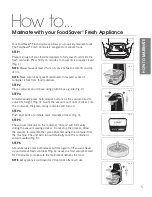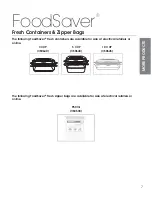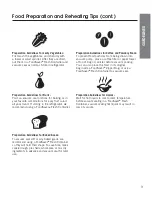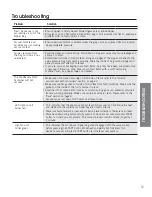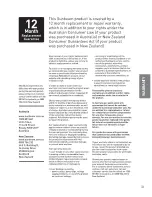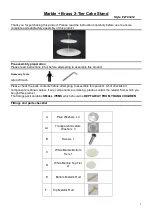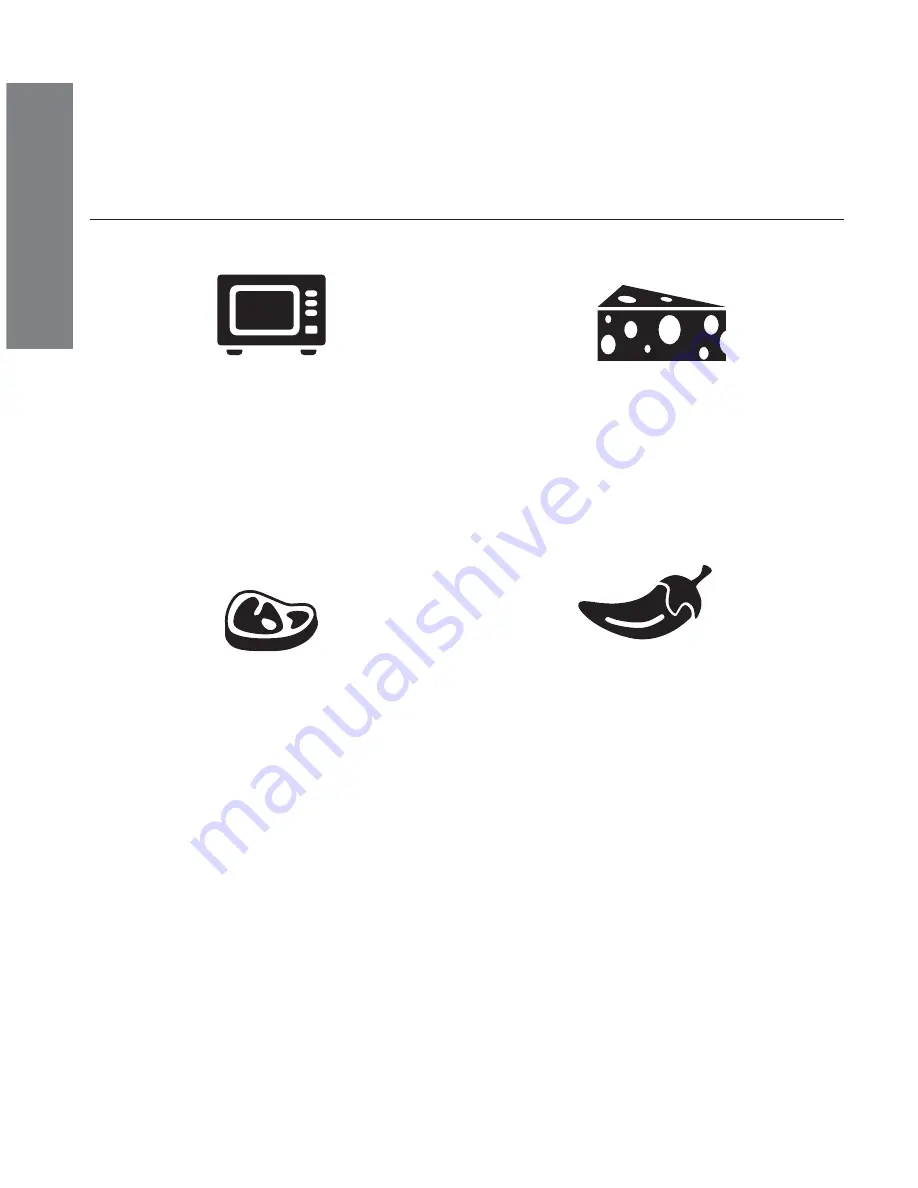
8
Preparation Guidelines for Hard Cheeses:
To keep cheese fresh, vacuum seal it after each
use. When you’re ready to reseal the cheese, just
place it back on the FoodSaver
®
Fresh Container or
zipper bags and vacuum again.
IMPORTANT: Due to the risk of anaerobic bacteria,
Soft cheeses should never be vacuum sealed.
Preparation Guidelines for Vegetables:
Vegetables need to be blanched before vacuum
sealing. This process stops the enzyme action that
could lead to loss of flavor, color and texture.
To blanch vegetables, place them in boiling water
or in the microwave until they are cooked, but still
crisp. Blanching times range from 1 to 2 minutes
for leafy greens and peas; 3 to 4 minutes for snap
peas, sliced zucchini or broccoli; 5 minutes for
carrots; and 7 to 11 minutes for corn on the cob.
After blanching, immerse vegetables in cold water to
stop the cooking process. Finally, dry vegetables on
a towel before vacuum sealing.
Note:
Some foods (including broccoli, Brussels
sprouts, cabbage, cauliflower, kale, turnips, onion,
mushrooms, garlic and bananas) naturally emit
gases during storage. Therefore, after blanching,
they must be stored in freezer only.
IMPORTANT: Due to the risk of anaerobic bacteria,
Fresh mushrooms, onions and garlic should never
be vacuum sealed.
Thawing and Reheating
Vacuum-Sealed Foods
Always thaw foods in either refrigerator or
microwave — do not thaw perishable foods at room
temperature.
To reheat foods in a microwave in a FoodSaver
®
Fresh Container, release vacuum and you can keep
the lid on. Zipper bags must be partially open/
unzipped on microwave.
Guidelines for Meat:
Note:
Beef may appear darker after vacuum sealing
due to the removal of oxygen. This is not an
indication of spoilage.
Guidelines
Food Preparation and Reheating Tips
GUIDELINES

